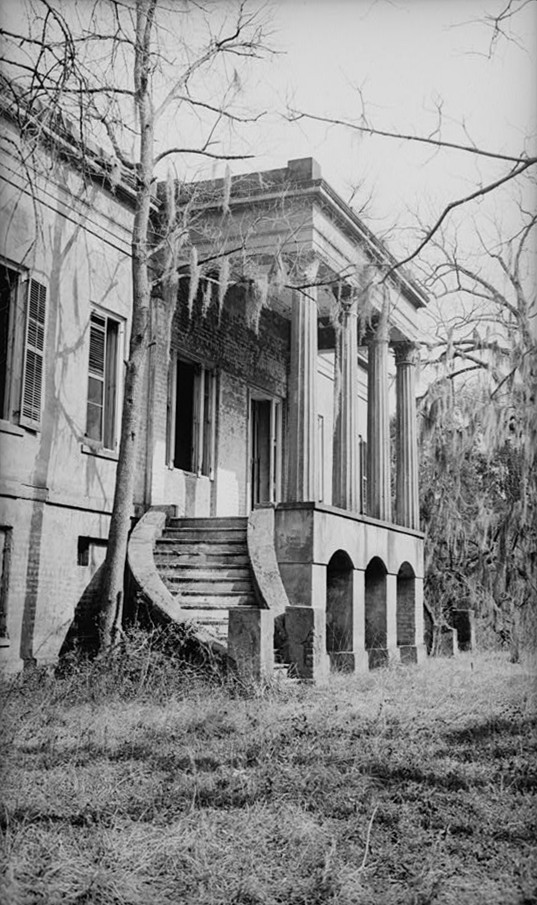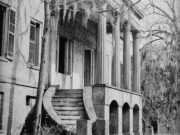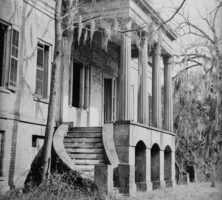In the eighteenth and early nineteenth centuries, distinct populations of French immigrants arrived in Georgia—Huguenots, Acadians, refugees from the French Revolution, and colonists in flight from slave rebellions in Haiti.
The Huguenots were French Calvinists who fled religious persecution under Louis XIV; they came to Georgia via South Carolina. A large Huguenot community in South Carolina dates from the 1680s, and some of its members crossed into Georgia as early as the 1730s. Lacking a French Protestant church in Georgia, Huguenots often affiliated with Anglican congregations. John Wesley, the founder of the Methodist Church, reported visiting a French-speaking village near Savannah in 1737. By 1745 an Anglican priest in Savannah offered to hold services in French for their benefit.

Courtesy of Library of Congress, Prints and Photographs Division
The Acadians arrived in Savannah as unwilling emigrants. Acadia, the original French name for Nova Scotia, came under British rule in 1710. The 6,000 French settlers there in 1755 had been dispersed by the British, who doubted their loyalty at the outbreak of the French and Indian War (1754-63). The 400 Catholic Acadians sent to Georgia found themselves in a colony that forbade the practice of their faith. The destitution they experienced encouraged many to accept passports to leave Georgia in the spring of 1756 and travel to colonies farther north. The 100 to 200 Acadians who remained behind built huts outside Savannah and made oars and other sailing implements; still, poverty and illness debilitated them. At the war’s conclusion in 1763, the Acadians left Georgia, where they had lived in misery and without the comfort of priests. Many resettled in the French colony of Haiti.
The increasing number of French Catholic refugees in Georgia at the end of the eighteenth century led to a stronger presence of the Catholic Church in the state. A French-speaking congregation received a trust lot in Savannah in 1799 to build a Catholic church. The small wooden chapel on Liberty Square, dedicated to St. John the Baptist, opened its doors in March 1801. By 1810 a largely French parish was also organized in Augusta, and the Church of the Most Holy Trinity was completed in 1814.
The French identity was still intact in 1825 when the Marquis de Lafayette received delegations of French descendants in Savannah and Augusta during his tour of Georgia. By mid-century this identity had largely disappeared through assimilation.





